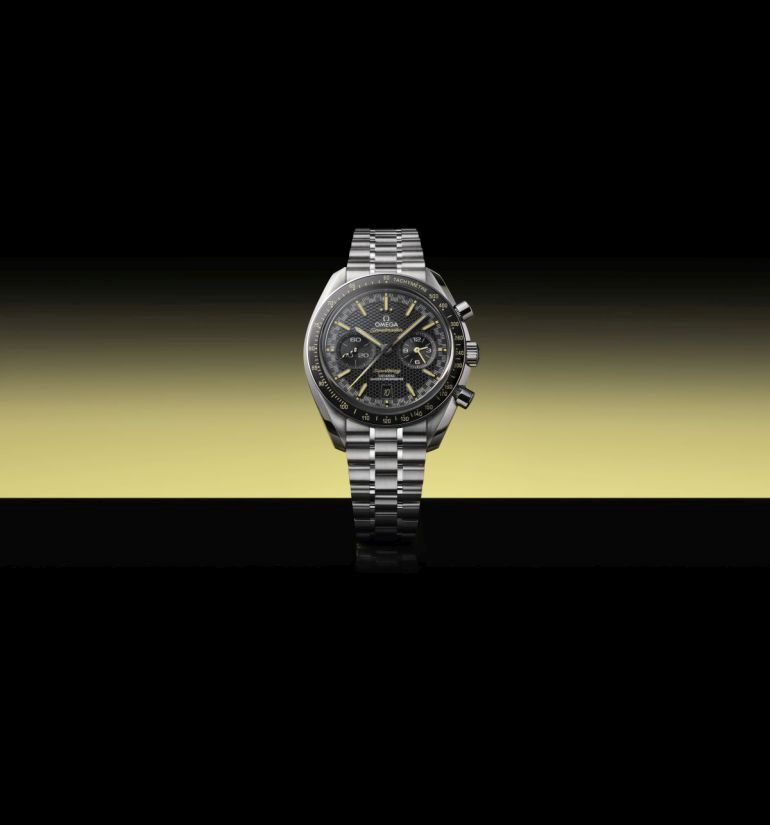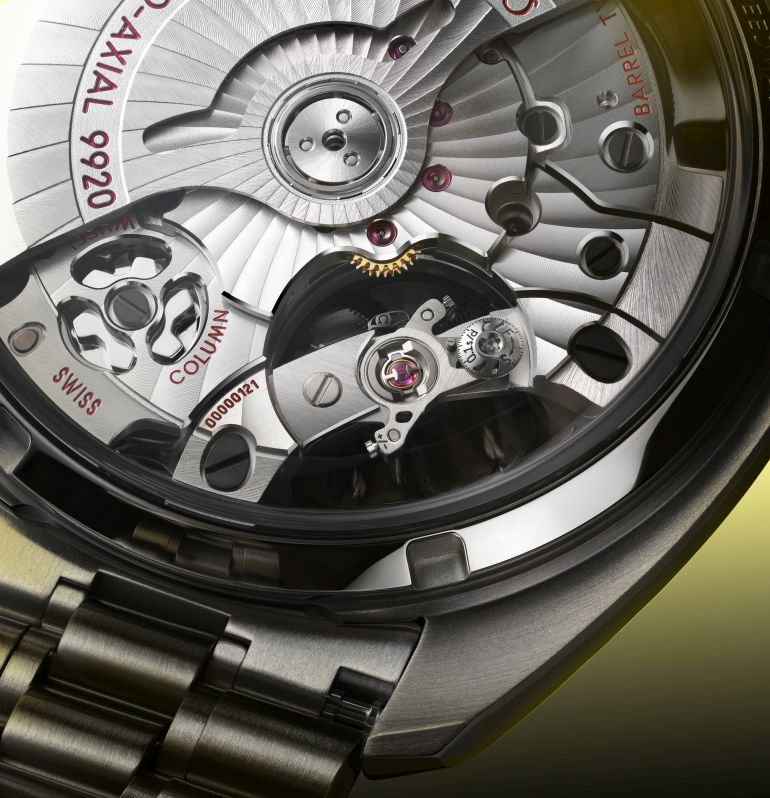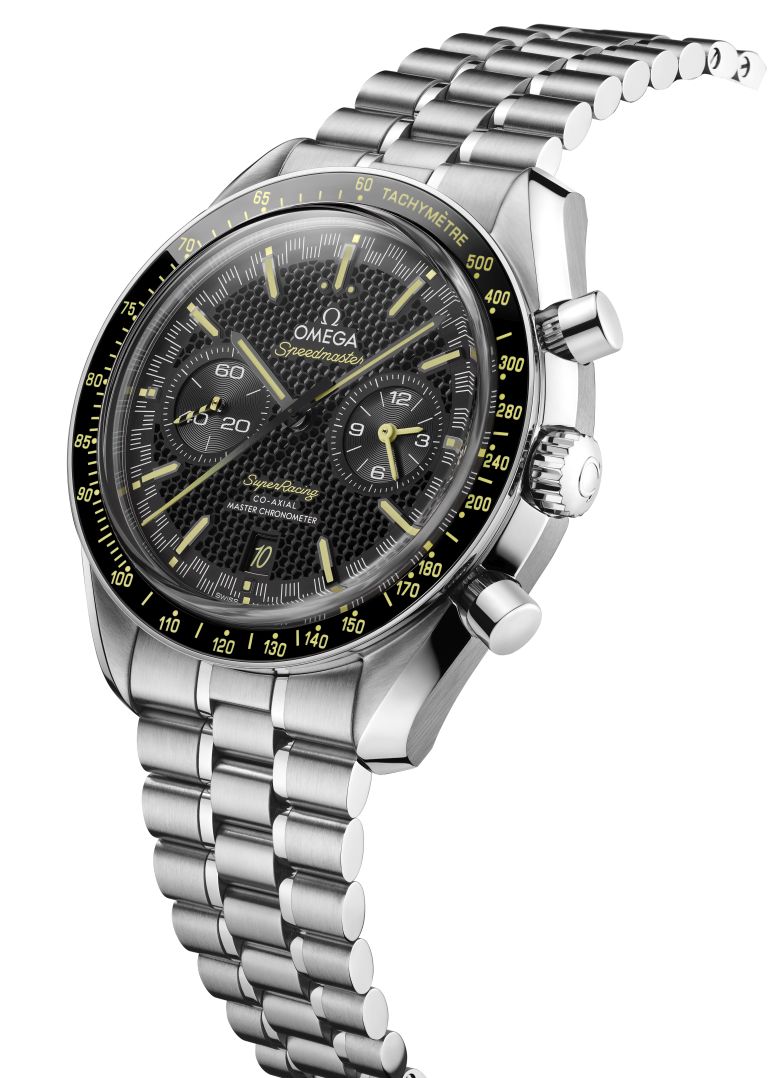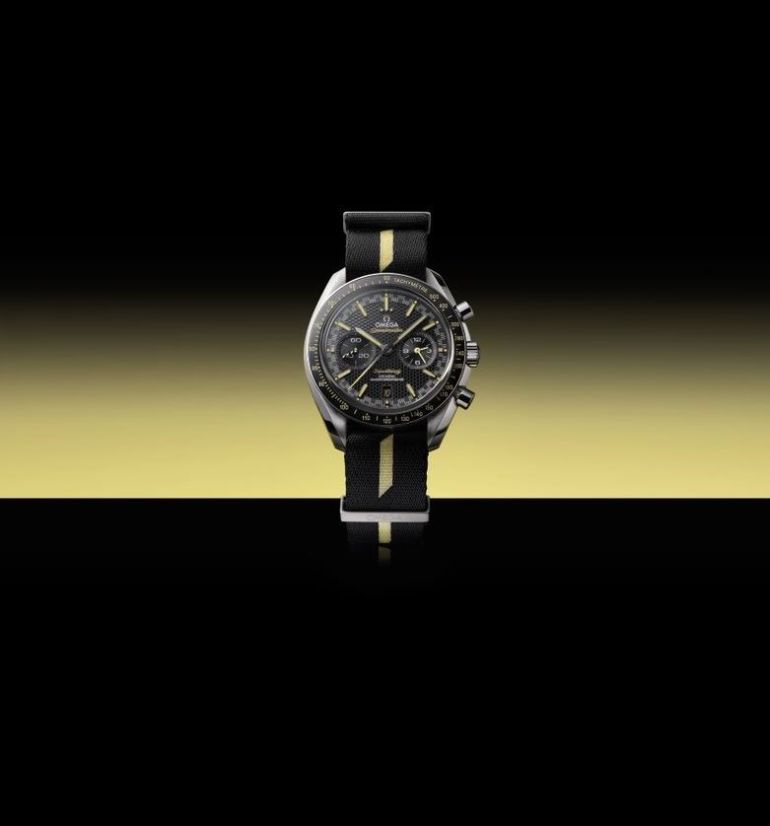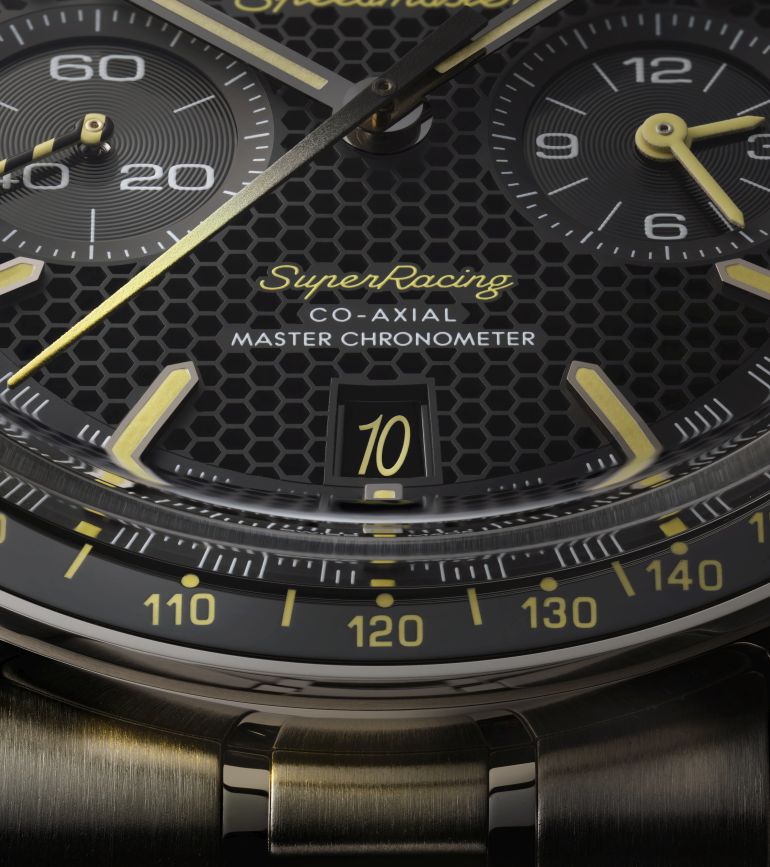Ten years have passed since Omega's first antimagnetic movement: in 2013, the company launched the Co-Axial calibre 8508, which is resistant to magnetic fields of more than 15,000 gauss. A result achieved thanks to the balance spring made of Si14 silicon and movement components made of non-ferromagnetic materials. That achievement, two years later, would lead to the Master Chronometer certification, one of the highest Swiss standards in terms of precision and antimagnetism.
Today, Omega has reached a new milestone with the birth of a revolutionary balance spring, which enables extremely fine adjustments of the watch's rate, thanks to its innovative Spirate technology. With this innovative system, the company guarantees a certified accuracy of only 0/+2 seconds per day off the correct time, but the actual performance can be up to twice as good.
To achieve this, Omega designed a new silicon balance spring architecture and devised an adjustment system that intervenes in the stiffness of the balance spring itself, via an eccentric mechanism located on the balance bridge.
The ultra-fine adjustment, therefore, is achieved simply by turning a pawl, but for the first time, the length of the spiral spring is not affected. Instead, the stiffness of the hairspring itself and, therefore, the operating frequency of the balance-spiral system are varied microscopically. The system allows additional adjustment to that of the inertial balance (which is still present), when the watch is assembled.
The debut of the Spirate system (a corruption of 'spiral' and 'rate') came on the Speedmaster Super Racing, with the 9920 calibre: a classic Speedmaster with two steel counters and racing-style chapter ring, whose black ceramic bezel with 'Grand Feu' yellow enamel tachymeter scale echoes the colour code of the 2013 Seamaster Aqua Terra > 15,000 Gauss.
The date window at 6 o'clock features a special periodic reminder of the 2013 launch: the number 10 in the Speedmaster logo font.
Price12,700 euro.


